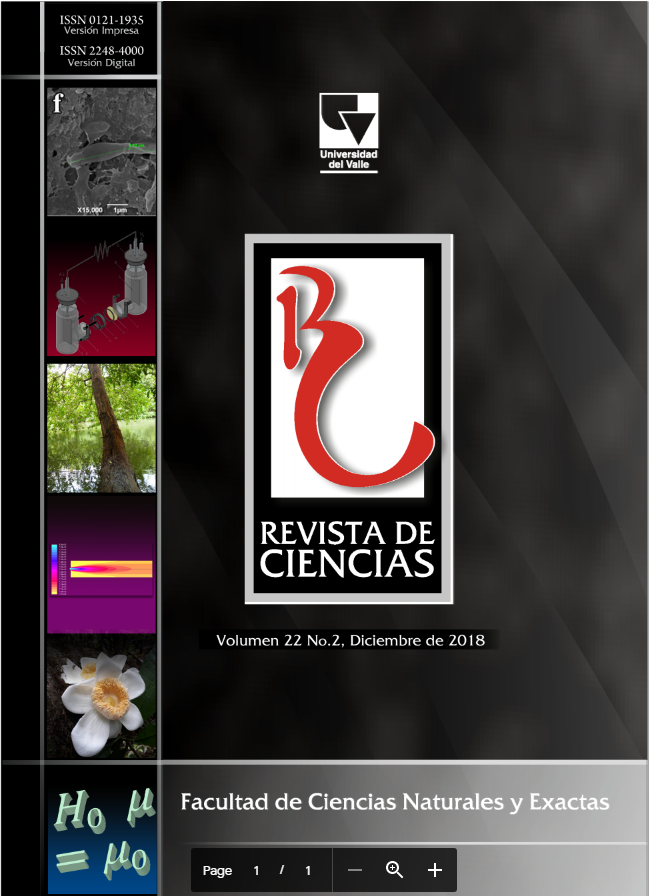Electrochemical Monitoring and Microbial Characterization of a Domestic Wastewater-Fed Microbial Fuel Cell Inoculated with Anaerobic Sludge
Contenido principal del artículo
A dual-chambered microbial fuel cell with aqueous cathode was operated with domestic wastewater to investigate the electrogenic ability of anaerobic bacteria from a municipal wastewater treatment plant. Curves of cell potential vs. current density, power density vs. current density and current at a fixed load of 100 Ω, were obtained daily to monitor the electrochemical evolution of the system as a function of substrate use in several batch cycles. A maximum power density of 1.11 µWcm-2 was obtained after 65 days of continuous operation and a coulombic efficiency of 7% and a chemical oxygen demand removal of 76% were found in the last batch cycle. Anaerobic culture of the bacteria from the anode biofilm resulted in the isolation of two Gram-positive and two Gram-negative bacteria with divergent sugar fermentation capabilities, while analysis of 16S rRNA gene fragments showed three clones from the phyla Firmicutes, δ-Proteobacteria and α-Proteobacteria. Scanning electron imaging analysis revealed an increase in cell diversity and proliferation of methanogenic archaea when changing from synthetic to real wastewater. These results reveal the influence of substrate concentration and presence of methanogenic microorganisms on the production of power in microbial fuel cells, suggesting that future developments could be a contribution for the use of this technology to decontaminate domestic wastewater in small communities.
- Didier Erlinton Ordoñez Burbano, Camilo Andrés Abella Medina, Alejandra Echeverry Tamayo, Laura Marcela Paz Lasprilla, Neyla Benítez-Campo, Biodegradación de hidrocarburos alifáticos saturados por microorganismos aislados de suelo contaminado con derivados del petróleo , Revista de Ciencias: Vol. 22 Núm. 2 (2018)
- Alexander Ramírez Ramírez, Neyla Benítez-Campo, Tolerancia y Reducción de Cromo (Vi) por Bacillus Cereus B1, Aislado de Aguas Residuales de una Curtiembre , Revista de Ciencias: Vol. 17 Núm. 2 (2013)
- Neyla Benítez-Campo, Enrique Bravo-Montaño, Alejandro Soto-Duque, Fernando E. Larmat, Evaluation Of The Mutagenic Activity Of Waters Collected From The Cauca River In The City Of Cali, Colombia By Using The Salmonella/Microsome Assay , Revista de Ciencias: Vol. 16 (2012)

Esta obra está bajo una licencia internacional Creative Commons Atribución-NoComercial-CompartirIgual 4.0.





